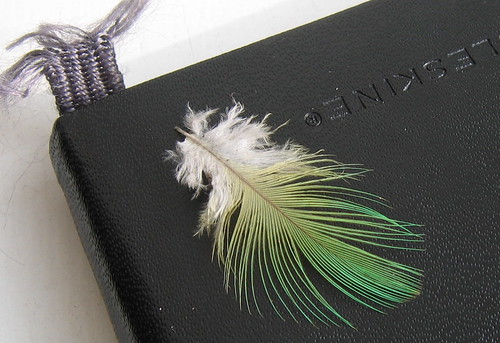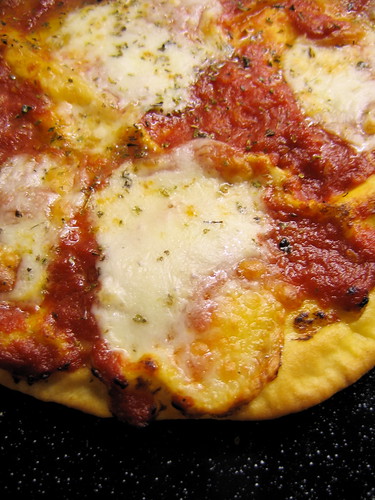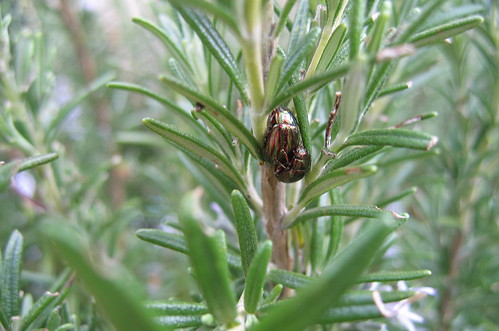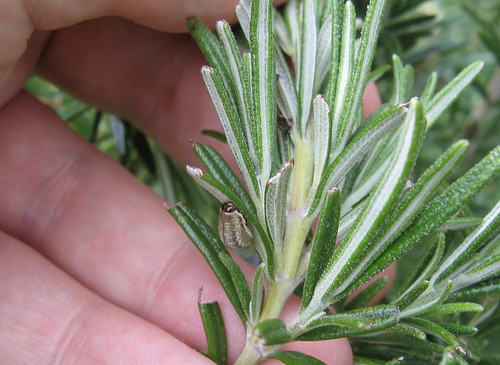I bought a new notebook yesterday for my upcoming trip to Crete. This is the previous one, with a feather I found near the birdfeeders, presumably from a parakeet. I do like Moleskine notebooks. I’ve used masses of different notebooks of various kinds over the years both for birdwatching and poetry, but these are the only ones I really enjoy as objects in their own right.
They’re a fine example of why you can’t judge a product just on its functionality. Any old notebook which contains a supply of paper and is small enough to be portable would fulfil my requirements; I hardly ever use them for sketching or anything, just noted jotted in biro. The elastic to keep the notebook shut, the ribbon bookmark and the built-in pocket are nice touches but not really necessary.
It’s just a likeable object. It looks good: simple, old-fashioned, functional, ungimmicky. Even more important is that it’s very tactile; the oilcloth cover, good quality paper and twangy elastic all make it a nice thing to hold. I think it’s worth paying three times as much to get a notebook that gives me pleasure as well as doing its job. I just wish I got as much enjoyment out of using, say, my mobile phone.



